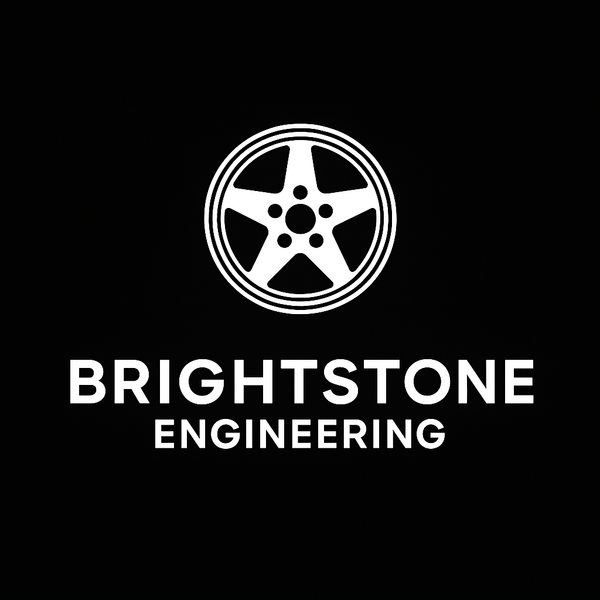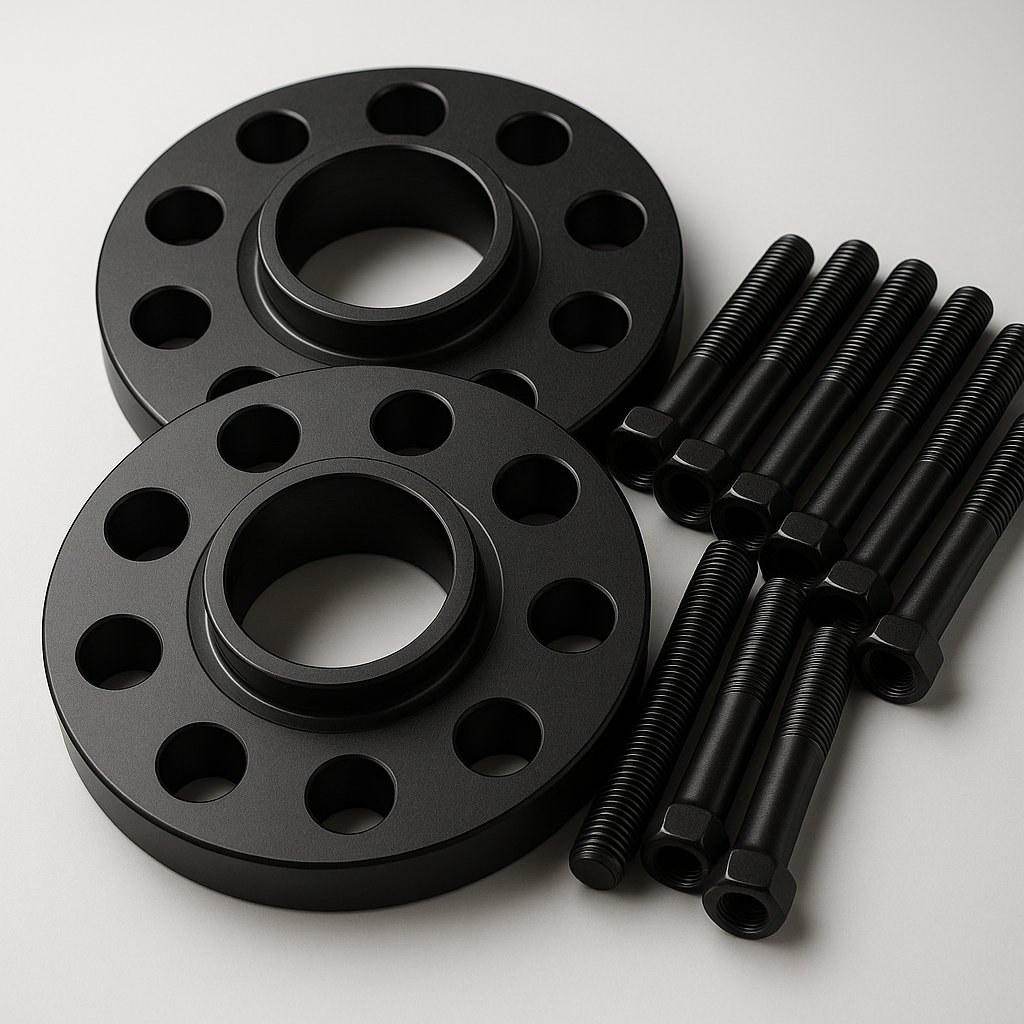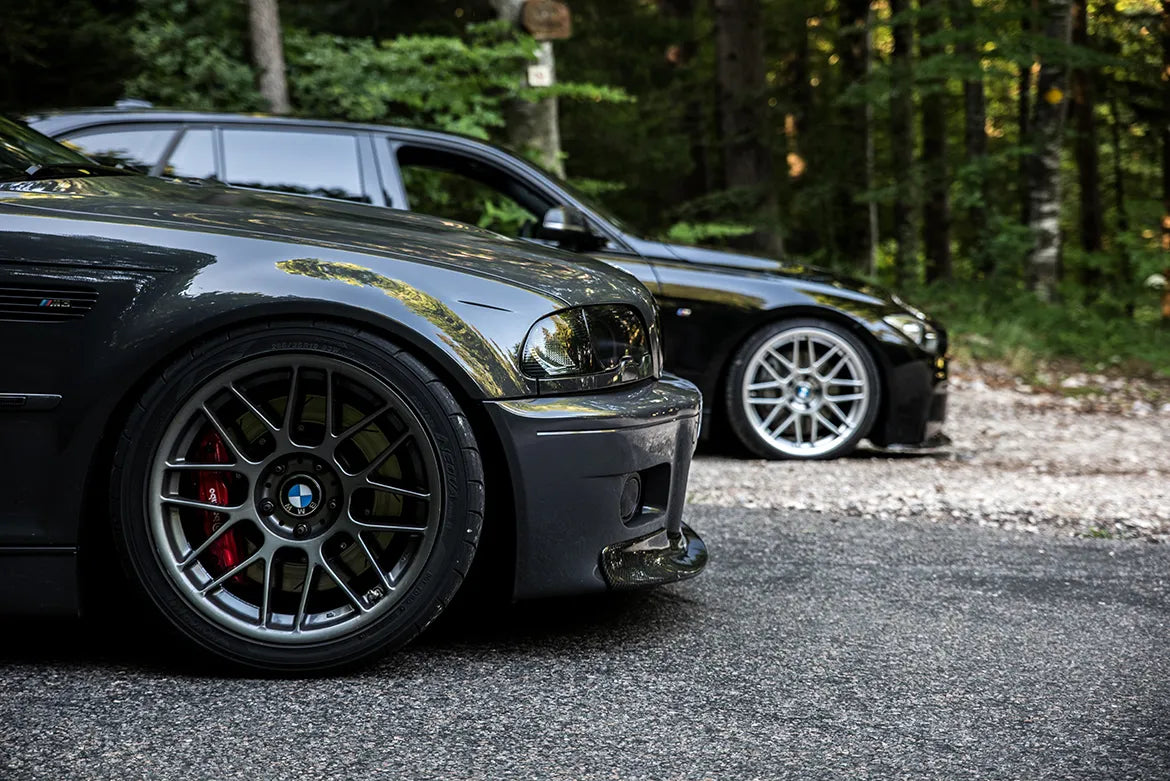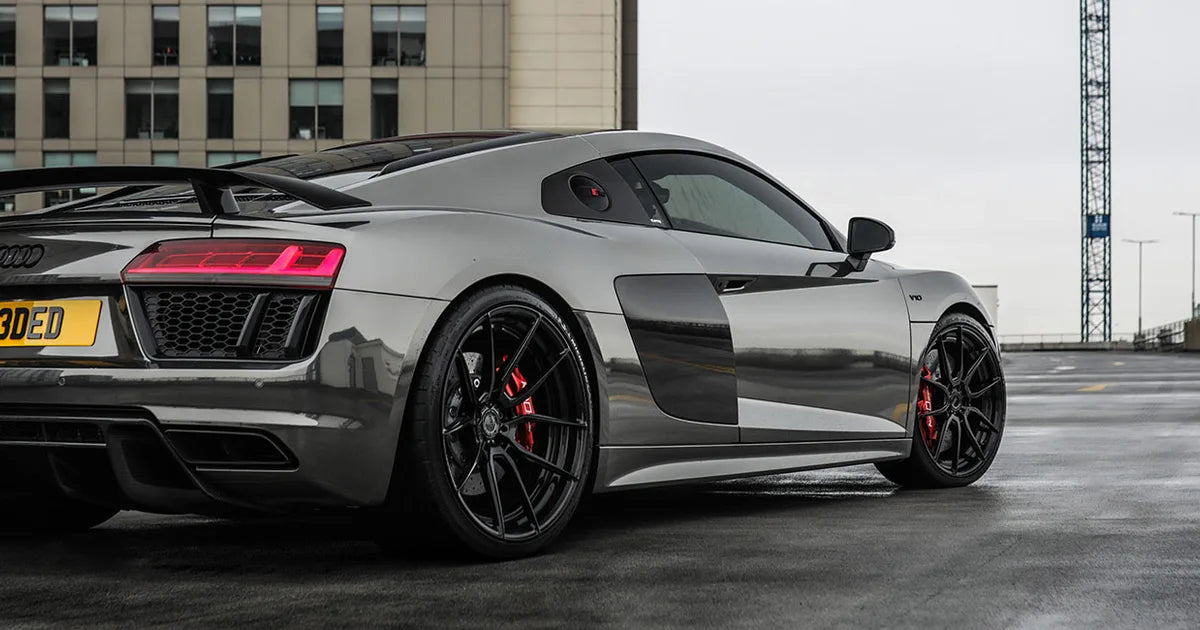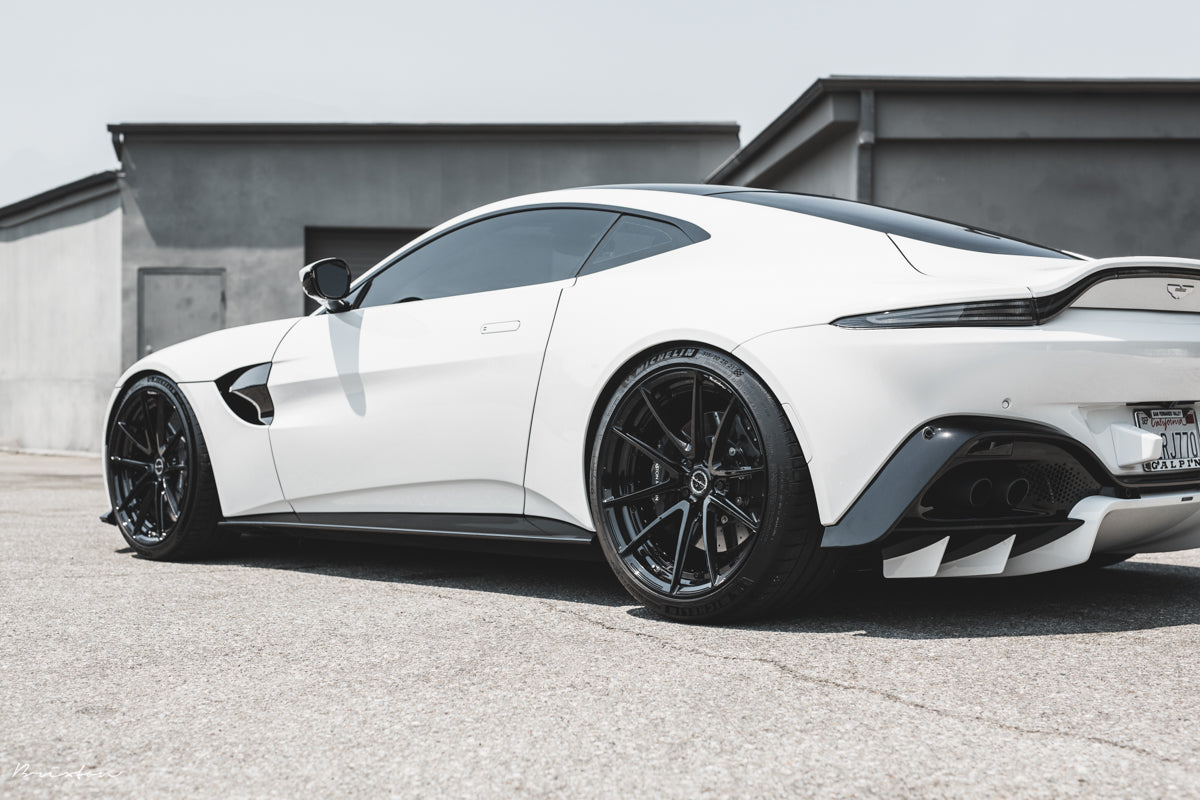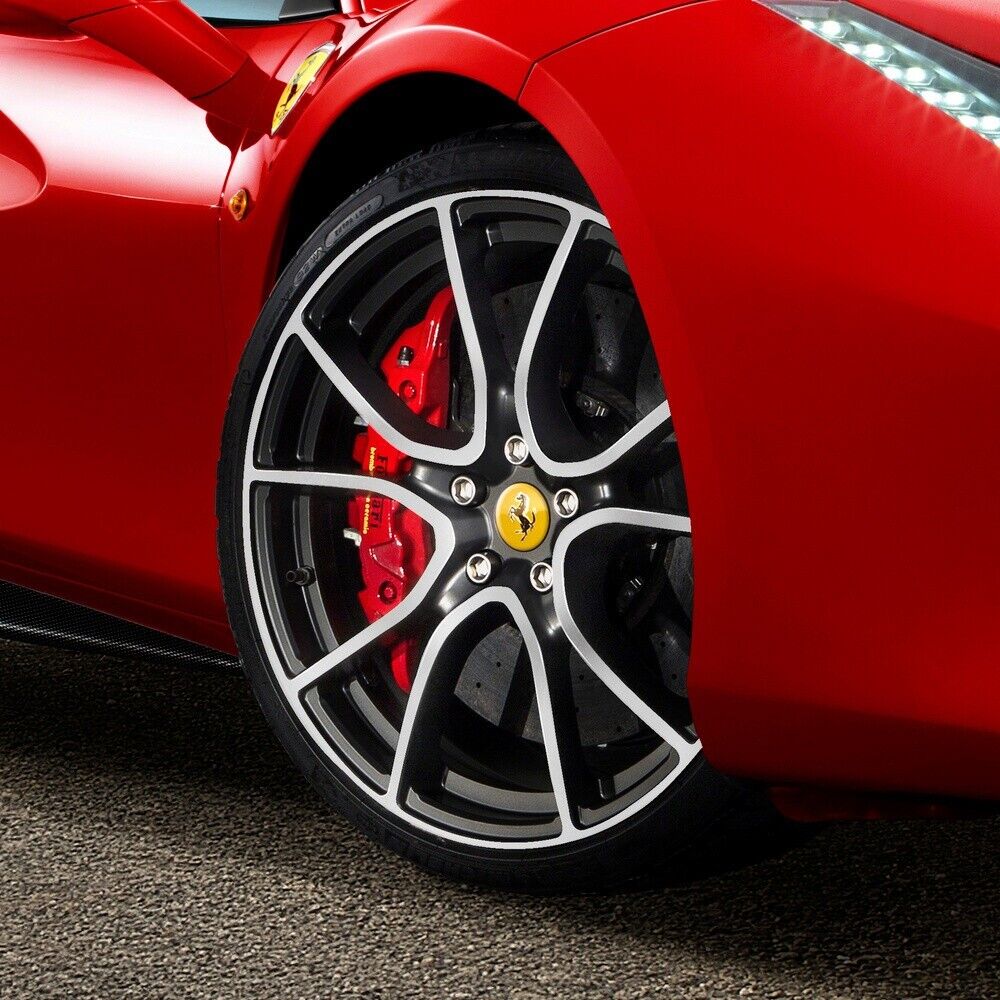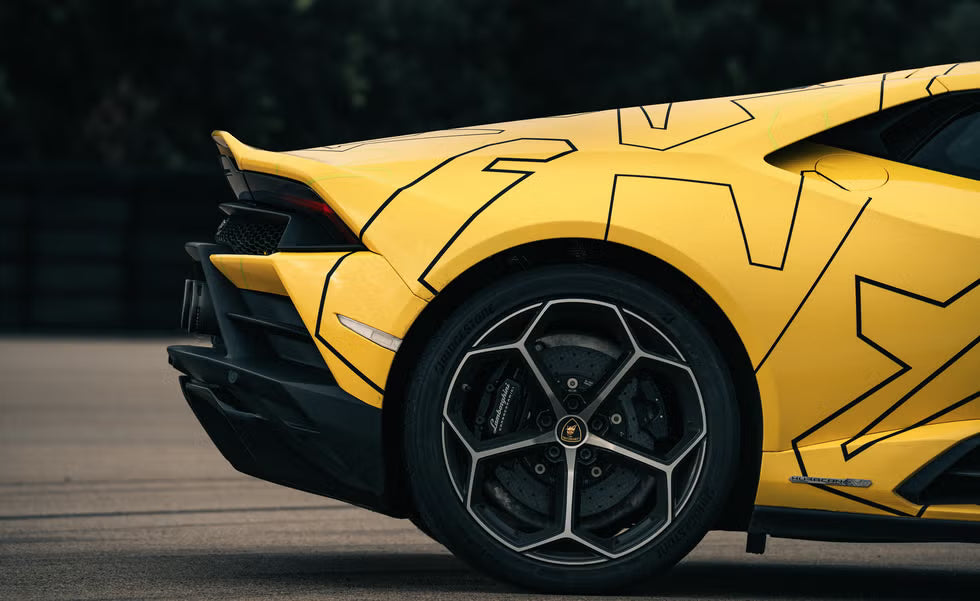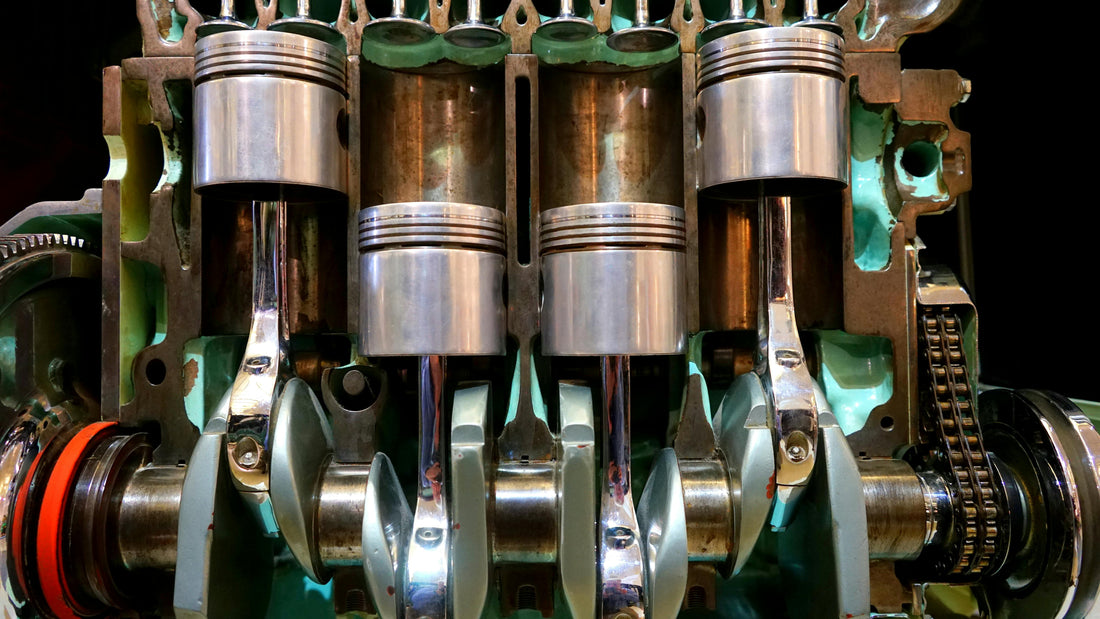
Performance Car Machining Shop: What Makes a Great One
Share
Introduction to Performance Car Machining Shops

Walk into a performance car machining shop and you'll notice something different right away. It's not just the sound of machines cutting metal or the smell of cutting fluid - it's the attention to detail you don't find at regular repair shops.
These places exist to solve the problems that performance enthusiasts face every day. You need a custom intake manifold bracket that doesn't exist anywhere? They'll make it. That rare suspension mount for your project car broke and the manufacturer went out of business twenty years ago? They can recreate it.
At Brightstone Engineering, we're part of this specialized world - focusing on the custom parts and precision components that make performance builds possible.
Most performance machining work centers around creating parts that either don't exist or improving on what does. I've seen customers bring in sketches of brackets they designed, broken pieces that need upgrading, or photos of parts they found online but can't source anywhere.
The equipment makes the difference - precision measuring tools, CNC machines that can repeatedly produce parts with accuracy down to thousandths of an inch, and specialized finishing processes that protect components under harsh conditions.
This matters because performance cars push everything harder. A bracket that works fine on a stock engine might fail when that same engine makes twice the power. That's why serious builders seek out shops that understand both the technical requirements and the real-world stresses these parts will face.
Comprehensive Services for Performance Applications

Most people don't realize what goes into supporting a performance build until they start one themselves. Sure, you can buy plenty of parts off the shelf, but there's always something that doesn't exist or doesn't fit quite right with your specific combination.
Last month a customer brought me a rare Japanese intake manifold that needed custom mounting brackets for his engine swap. The original brackets were long gone, and nothing aftermarket existed. Using our 3D scanner, we captured the mounting points on both the manifold and engine, then designed brackets that positioned everything perfectly.
Custom performance parts are where shops like ours really add value. We've machined everything from turbo heat shields to custom throttle linkages. Recently completed a set of billet differential covers for a customer's track car - started with his rough dimensions and created parts that not only looked professional but added extra cooling fins for better heat dissipation.
The combination of CNC precision with traditional fabrication skills opens up possibilities that didn't exist twenty years ago. We can machine complex geometries that would be impossible by hand, then weld, finish, and treat the components to handle whatever abuse they'll see.
Our anodizing capability handles aluminum performance parts up to 400mm square - perfect for intake components, brackets, and other visible pieces that need both protection and that professional appearance. For steel components, cerakoting provides superior protection with color options that let builders customize their engine bays.
Choosing the Right Performance Machining Partner

Finding the right shop for performance work takes some research. First thing to look for? Understanding of your specific application. A shop might be excellent at general machining but not grasp the unique requirements of performance vehicles.
Ask about their experience with similar projects. At our shop, we keep detailed photos and specifications of completed work so potential customers can see relevant examples. One customer chose us after seeing the Weber carburetor adapters we'd made for another classic sports car exactly like his.
Technology matters tremendously in performance work. Modern CNC equipment delivers repeatability that manual methods simply can't match. But the real game-changer is 3D scanning technology for reverse engineering. We can capture worn or damaged parts, then machine improved versions that often outlast the originals.
Timeline expectations need to be realistic too. Quality machining work takes time, especially when multiple operations or custom fixtures are involved. Rush jobs usually cost more and sometimes compromise quality. Better to plan ahead and get parts done right.
Communication style tells you a lot about how a project will go. Good shops ask detailed questions about your application, power levels, and intended use. They should suggest alternatives if your original idea has potential issues, and explain their reasoning clearly.
Look for shops that invest in quality measuring equipment and maintain clean, organized workspaces. If they take care of their own tools and facility, they'll likely give your project the same attention to detail.
Technology in Performance Parts Manufacturing

Technology has completely changed what's possible in performance parts manufacturing. Twenty years ago, creating a custom intake manifold meant weeks of hand fabrication with uncertain results. Now we can design it digitally, simulate airflow characteristics, and machine it precisely every time.
I recently worked on a project where the customer needed mounting brackets for a modern gearbox in a classic muscle car. Using our 3D scanner, we captured both the gearbox case and the car's mounting points, then designed brackets that positioned everything perfectly while maintaining ground clearance.
CNC machining brings consistency that hand methods can't match. When you need five identical mounting brackets, each one comes off the machine identical to the first. This repeatability matters enormously when you're building multiple cars or selling parts to other enthusiasts.
The software side enables things that used to be impossible. We can modify existing designs by adjusting a few parameters, test different approaches quickly, and optimize parts for both function and appearance. One customer wanted intake runners that flowed better than stock but maintained the original appearance - we redesigned the internal geometry while keeping the external dimensions identical.
Material science has opened new possibilities too. Modern aluminum alloys machine beautifully and resist corrosion better than what was available decades ago. Combined with our anodizing process, these materials create parts that look professional and last indefinitely.
Performance parts benefit enormously from this combination of precision manufacturing and advanced materials. Parts fit better, perform more consistently, and handle abuse that would destroy traditional components.
Quality Control for Performance Applications

Quality control in performance applications goes beyond just checking dimensions. These parts will face stresses that most components never see - high temperatures, vibration, and loads that can multiply quickly when things go wrong.
Every part that leaves our shop gets checked against specifications using precision measuring tools. For performance components, we often add extra verification steps like test fitting where possible or checking surface finishes that affect component life.
The 3D scanning process itself provides quality assurance. We can verify that machined parts match the original design intent, catching issues before they become problems. This digital verification is especially valuable for complex geometries where traditional measuring tools struggle.
Material verification matters too. Performance applications often specify particular alloys for good reasons - substituting "equivalent" materials can lead to failures under stress. We maintain documentation of what materials were used and can provide certificates when required.
Surface finishing quality affects both appearance and durability. Our anodizing process requires careful surface preparation and process control to achieve consistent results. The hard, corrosion-resistant surface extends component life significantly compared to basic machined finishes.
For critical applications, we encourage customers to specify their quality requirements upfront. Some parts just need to fit and look good, while others must meet specific strength or durability standards. Understanding these requirements lets us apply appropriate quality measures without over-engineering simple components.
Custom Performance Parts and Modifications

Custom performance parts separate serious builds from basic modifications. Anyone can bolt on catalog parts, but making everything work together perfectly often requires custom pieces that don't exist anywhere else.
We specialize in the one-off components that make performance builds possible. Recently machined a complete set of engine mounting brackets for a customer installing a modern LS engine in a 1960s British sports car. Nothing existed to make this combination work properly.
Using our 3D scanner, we captured the engine bay geometry and designed mounts that positioned the engine for optimal weight distribution while maintaining hood clearance. The brackets were machined from 6061 aluminum and anodized for corrosion protection and professional appearance.
Turbo and supercharger installations often need custom brackets, heat shields, and mounting hardware. We've made everything from simple intercooler brackets to complex manifold adapters that allow modern turbochargers to bolt onto vintage engines.
Wheel fitment challenges often require custom solutions too. We machine precision wheel spacers that allow wider tires or clear suspension components while maintaining proper hub engagement. PCD adapters let you run wheels with different bolt patterns - essential when you want to fit modern wheels on classic cars or swap between manufacturers. Custom suspension spacers help achieve the exact ride height and geometry you need, whether for track use or achieving that perfect stance. Each component gets machined to exact specifications and can be anodized for corrosion protection and professional appearance.
Our cerakoting capability adds both protection and customization options for performance components. Engine bay parts can be color-matched to the build theme while gaining superior protection against heat and corrosion. This combination of function and appearance sets professional builds apart from basic modifications.
The key to successful custom work is understanding the complete system. A bracket isn't just a piece of metal - it's part of a larger assembly that must work reliably under varying conditions.
Supporting Your Performance Build

Performance builds succeed when all the components work together harmoniously. Our role is creating the custom pieces that make this integration possible while maintaining the reliability you need for street driving or track use.
Project planning makes the biggest difference in build success. Customers who bring us complete information about their goals, power targets, and intended use get much better results than those who approach modifications piecemeal.
We often suggest design modifications that improve both function and manufacturability. Sometimes a small change in mounting location or bracket design eliminates interference issues while reducing machining costs. This collaborative approach delivers better results for everyone.
Timeline coordination matters too. Custom parts take longer than ordering from a catalog, so planning ahead prevents project delays. We can often batch similar operations to reduce costs when multiple parts need the same machining processes.
Our finishing capabilities add significant value to performance builds. Anodized aluminum parts resist corrosion while maintaining that precision-engineered appearance. Cerakoted components handle extreme temperatures and abuse while offering color options that complement your build theme.
Documentation helps with future maintenance and modifications. We keep detailed records and CAD files for custom parts, making it easy to reproduce components or create variations for different applications.
Whether you're building a weekend track car or a serious racing machine, the custom components we create become integral parts of your vehicle's personality and performance capability.
The Future of Performance Parts Manufacturing

The future of performance parts manufacturing looks exciting from where we sit. Technology keeps opening new possibilities while making precision manufacturing more accessible to smaller shops and individual builders.
3D scanning technology continues improving, letting us capture complex geometries with incredible accuracy. We can now reverse-engineer parts that would have been nearly impossible to recreate manually, opening up restoration possibilities for truly rare vehicles.
CNC programming has become more intuitive too. Complex parts that once required days of manual programming can now be designed and manufactured much more quickly. This efficiency reduces costs while improving consistency.
Materials science keeps advancing as well. New aluminum alloys offer better strength-to-weight ratios, while specialized coatings provide protection that exceeds what was possible just a few years ago. Our anodizing and cerakoting processes benefit directly from these improvements.
The trend toward electric performance vehicles creates new opportunities for custom fabrication. Electric motors and battery systems need mounting brackets, cooling solutions, and integration hardware that simply don't exist in traditional catalogs.
We're already seeing customers who want to retrofit electric drivetrains into classic cars - these conversions require extensive custom work to make everything fit and function properly. The fabrication skills transfer perfectly even though the end goal is different.
Environmental considerations are driving innovation too. Lighter components reduce energy consumption regardless of what powers the vehicle. Precision manufacturing reduces waste while delivering better performance.
The shops that thrive will be those that combine traditional fabrication skills with modern technology, creating solutions that didn't exist before while maintaining the reliability and appearance that serious enthusiasts demand.
Frequently Asked Questions About Performance Parts Machining
"How much should custom performance parts cost?" This depends entirely on complexity and quantity. A simple aluminum bracket might run £150-300, while a complex assembly requiring multiple operations could cost £500-1000 or more.
The better question is what value you're getting. Custom parts often solve problems that no catalog component can address, making them essential rather than optional for many builds.
"How long do custom parts take to make?" Simple components might be ready in a week, while complex assemblies requiring multiple operations could take 2-3 weeks. Rush jobs are possible but usually cost more and may compromise quality.
Planning ahead gives you better results and more reasonable pricing. We can often batch similar operations when multiple parts need the same processes.
"What's the difference between anodizing and cerakoting?" Anodizing works only on aluminum, creating a hard oxide layer that resists corrosion while adding color options. Cerakoting works on multiple materials and provides superior heat and chemical resistance with more color choices.
Both processes significantly improve component durability compared to basic machined finishes. The choice depends on your material, application, and appearance preferences.
"Can you improve on original parts designs?" Often, yes. Modern materials and manufacturing methods frequently allow improvements over original components. We might add mounting provisions, improve cooling, or use stronger materials while maintaining the original appearance.
The key is understanding what the original part was supposed to do, then determining if modern techniques can do it better. Sometimes the original design was already optimal, but often there's room for improvement.
"What information do you need for custom work?" Bring whatever you have - existing parts, sketches, photos, or just a clear description of what you're trying to achieve. Our 3D scanning capability means we can work with damaged or incomplete examples.
The more we understand about your complete build and intended use, the better we can design parts that integrate properly with everything else.
